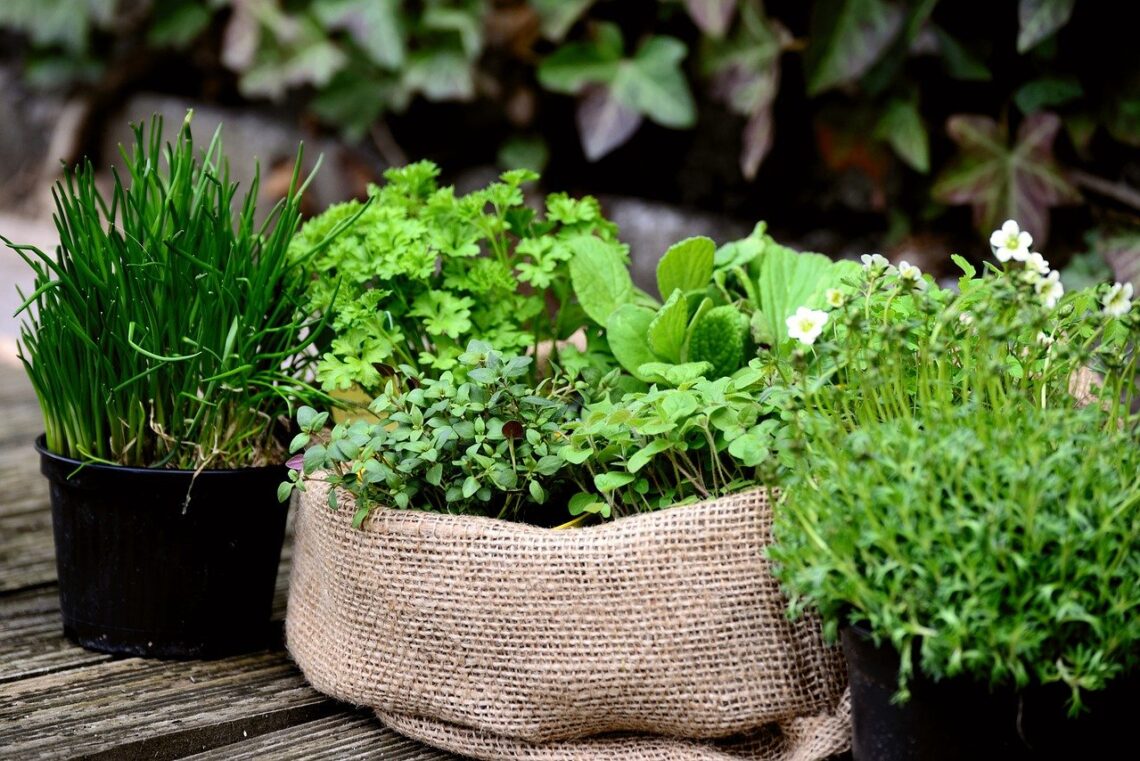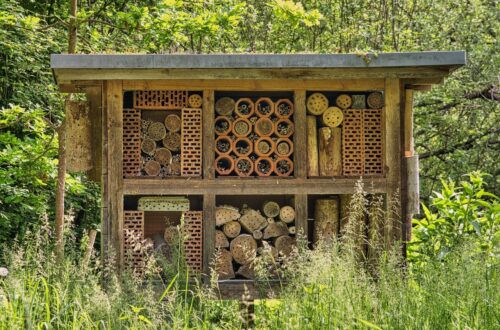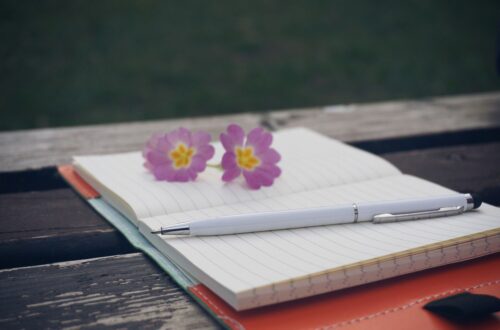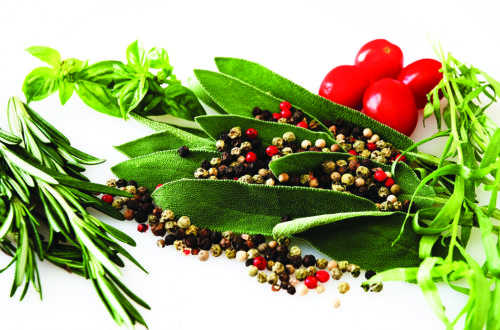Early spring is the time to plan for all kinds of gardening. Whether starting from scratch or adding to what you already have, be sure to include some herbs in your planning.
Herbs come in a variety of sizes and colors, perennials and annuals, but are relatively easy to grow and maintain. So, as you choose your herbs for planting, keep the following ideas in mind.
Four Common Growing Basics
1) Lots of Sun
Because of their Mediterranean heritage, herbs do best in full sun. Five to six hours of sun is most suitable. A few herbs like mints will do fine in partial shade. The summer annuals – basils, cilantro, dill, summer savory – definitely like full sun or they will bolt too soon.
2) Lean Soil
The same Mediterranean heritage means herbs aren’t too fussy about the type of soil except that it is well-drained. Herb plants are susceptible to root damage and rot in standing water. The addition of sand and/or compost will help improve draining. Herbs do not require much extra fertilizing once they are established.
3) Watering
Once a week for most herbs is all that is required, and it should be done in the early morning so the water can soak into the soil. Basils and mints like damp soil so should be watered as often as vegetables. Other herbs like thyme, rosemary, and sages are drought tolerant, but that doesn’t mean they don’t need a drink during the hot days of summer.
4) Harvesting and Trimming
To keep herbs producing more foliage, it is beneficial to harvest or trim regularly. Some herbs will grow leggy or bolt if not trimmed regularly. When cutting herbs back, cut about one-third of the plant away.
This will leave plenty of nodules to produce new stems and leaves.
An Exception
Containers are a great way to grow herbs, especially if space is at a minimum. However, growing herbs in containers will require some additional attention. Since containers do not hold water the same way soil does, containers may need to be watered more often. The best test is to touch the soil with your finger.
Mainly check for dampness, and that will indicate whether the plant needs watering. Container plants should also be fertilized a couple of times during the growing season since the nutrients in the soil will become depleted.
Other Considerations
When laying out your herb bed, keep in mind space between beds to allow for harvesting and maintenance. This might be a chance to add a creative pathway. Raised beds and containers in various sizes can add interest even to a well-laid out herb garden. Rain barrels and drip irrigation can make watering easier. Consider the full growth size of the plant when you look for a place to plant it. Shrubs, even small ones like thyme, spread out as well as up. So give them room.
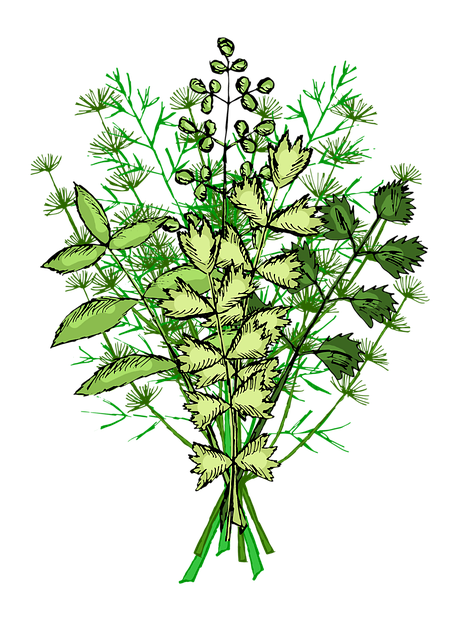
Tall plants should be placed near the back of the bed so they won’t shade their smaller neighbors.
Get your planting plan ready and get excited because plant sales will be coming soon!
Resources
Rain Barrels:
Tips for Growing Herbs in Containers:
Helpful Books:
The Complete Herb Book, Maggie Stuckey; Berkley Books Your Backyard Herb Garden, Miranda Smith; Rodale Press
Erin Harwood & Eloyce O’Connor are co-owners of Garden Delights Herb Farm in Brush Prairie, WA, where they grow a variety of herbs for culinary, medicinal, pet, home, and garden use. They also offer classes.
For more info: www.GardenDelightsFarm.com

